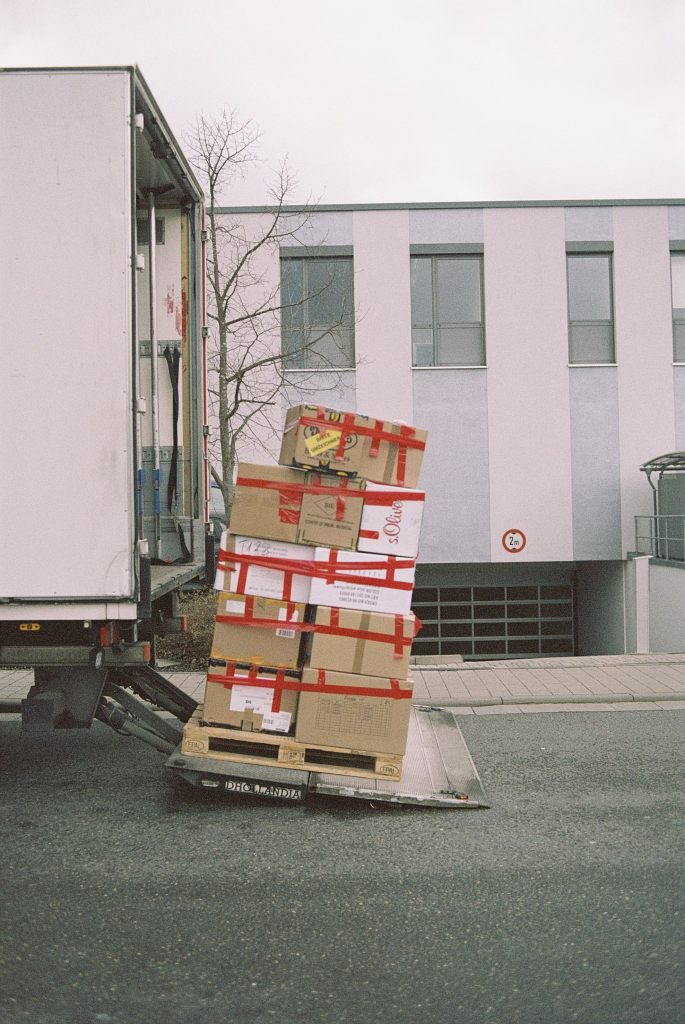When considering a move to a remote location, many people wonder how regional movers can handle the challenges of reaching such areas. Moving to a location that isn’t easily accessible can be stressful, especially when logistics become complicated due to the distance or terrain.

Regional moving companies have developed strategies to manage such challenges and ensure your belongings reach their destination safely. This article explores how regional movers handle remote locations, providing insights into the key factors and tips to make your move smooth and efficient.
Visit our website for additional info and expert advice.
Understanding The Challenges Of Remote Locations
Accessibility And Infrastructure
The primary challenge for movers when dealing with remote locations is the area’s accessibility. In many cases, remote locations may not have the infrastructure of major cities or suburban areas.
This means there could be dirt roads, limited transportation routes, or no road access. Regional movers must be prepared to handle these obstacles by employing special equipment or planning alternative routes to ensure that all the items are delivered on time and in one piece.
Weather Conditions
Weather can play a major role in how regional movers handle remote locations. Heavy rains, snow, or extreme temperatures can delay deliveries, create hazards, or even make a location temporarily inaccessible.
Movers often monitor weather forecasts closely and plan accordingly. For example, they may schedule the move during a season when conditions are more favourable or use vehicles designed to handle tough terrain.
Limited Resources
Remote locations can also present limitations regarding resources like fuel, moving equipment, and personnel. Regional movers must plan accordingly by ensuring they have enough resources before heading to a remote area. This may involve carrying extra fuel for their trucks, packing backup equipment, and recruiting local help.
How Regional Movers Tackle These Challenges
Pre-Move Assessment
A key step in moving to a remote location is the pre-move assessment. This is where regional movers assess the conditions of the destination, including the accessibility of the roads, the availability of services, and any other potential issues.
Regional movers may even visit the site beforehand to survey the area and plan their approach in detail. This thorough assessment lets movers make informed decisions about transporting their belongings.
Equipment Selection
Movers may select specialised equipment designed for challenging terrains based on their pre-move assessment. This could include all-terrain vehicles, larger trucks with four-wheel drive capabilities, or other machinery that can handle rough or uneven ground. Movers may also use smaller vehicles to navigate narrow or difficult paths.
Route Planning
Planning the route is one of the most critical aspects of moving to a remote location. Regional movers must factor in road conditions, accessibility, and alternative routes. There may be multiple ways to reach a remote location in some cases, and movers will assess which route is most efficient and safe.
Depending on the location, they may even choose to use a combination of different types of transport, such as trucks, boats, or even helicopters.
Communication And Coordination
Communication is key when moving to a remote area. Regional movers will work closely with their clients to keep them informed about the move’s progress. They also maintain close contact with local authorities, logistics companies, and other stakeholders who can help ensure that the move goes smoothly. This communication is essential if any unforeseen delays or complications occur during the move.
Local Knowledge
Movers who have experience in handling remote locations often have valuable local knowledge. This includes understanding the terrain, knowing the best routes, and being aware of local regulations or restrictions that might affect the move. Hiring movers with experience in remote locations can help avoid unexpected problems and make the entire process more efficient.
Use Of Technology
With technological advancements, regional movers can use GPS and mapping tools to optimise their route planning. This allows them to track vehicles in real time, monitor road conditions, and find the quickest routes to remote locations. Some moving companies even use drones or other innovative tools to assess the condition of remote areas or deliver smaller items when traditional transport is not feasible.
How Regional Movers Prepare For Remote Location Moves
Adapting To Terrain
Regional movers are well aware of the challenges posed by difficult terrains. Whether it’s mountain roads, forests, or areas without direct road access, movers often adapt their methods based on the terrain. This might involve using more robust vehicles or relying on local knowledge to determine the best routes.
Securing Local Help
In some remote areas, professional movers may work with local contractors or helpers who know the area better. This local help can be invaluable, as it ensures the move can continue smoothly despite any potential obstacles in the unfamiliar environment.
Timing And Flexibility
Moving to a remote location often requires flexibility in timing. Regional movers may need to adjust their schedules based on weather conditions, road availability, and other unforeseen factors. It is important to be patient and understand that flexibility is key when dealing with remote locations.
Conclusion
Regional movers handle remote locations with careful planning, specialised equipment, route optimisation, and effective communication. While moving to a remote location can present several challenges, professional movers have the experience and expertise to ensure your move goes smoothly.
By understanding the specific obstacles, preparing in advance, and selecting the right moving company, you can ensure your move to a remote location is as stress-free as possible.
Frequently Asked Questions
What Are The Main Challenges Of Moving To A Remote Location?
Moving to a remote location can present several challenges, including accessibility issues such as rough or unpaved roads, unpredictable weather conditions, and limited resources. Remote areas may lack the infrastructure of urban locations, making it harder to transport items. Additionally, logistical hurdles like fuel shortages or equipment malfunctions can further complicate the process.
How Do Movers Ensure Safe Transport To Remote Locations?
Movers tackle the challenges of remote locations by conducting a thorough pre-move assessment to plan the best route, selecting specialised equipment such as four-wheel-drive vehicles, and leveraging local knowledge. Additionally, advanced technology like GPS and drones helps optimise routing and monitor conditions, ensuring safe and timely deliveries to hard-to-access areas.
What Should I Do To Prepare For A Move To A Remote Location?
Planning ahead is essential to preparing for a move to a remote area, allowing enough time for logistics and contingencies. Choosing an experienced moving company familiar with remote locations is key. Also, pack essential items you’ll need immediately and contact your movers regularly to address any unexpected issues during the process.
